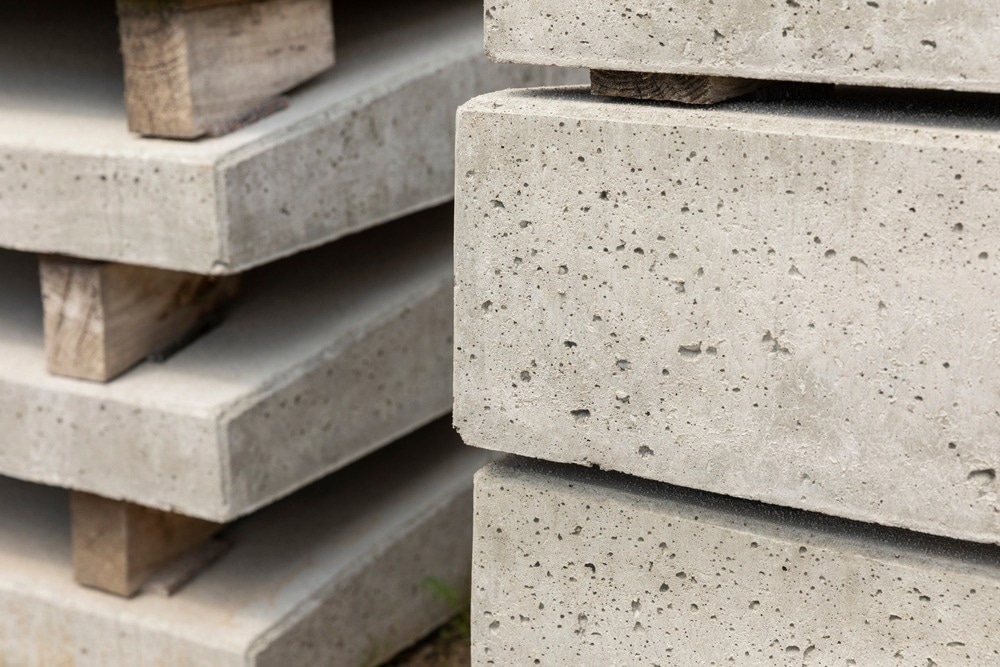When it comes to plastering, achieving a smooth and durable finish is of utmost importance. The key to achieving this lies in selecting the best cement mix for the job. In this article, we will delve into the intricacies of cement mixes for plastering, exploring various factors to consider and providing expert recommendations to help you achieve outstanding results.
- Understanding the Role of Cement in Plastering:
Cement serves as the binding agent in plastering, providing strength and stability to the plastered surface. It is crucial to choose the right type of cement to ensure optimal adhesion, workability, and longevity of the plaster. - Types of Cement Suitable for Plastering:
a) Portland Cement: Widely used in plastering, Portland cement offers excellent strength and durability. It is available in different grades, such as OPC (Ordinary Portland Cement) and PPC (Portland Pozzolana Cement), each with its own advantages. OPC is recommended for general plastering purposes, while PPC is suitable for areas prone to water exposure.
b) Lime Cement Mix: Combining lime with cement enhances workability and flexibility, making it an ideal choice for plastering older buildings or those with a high risk of cracking. Lime cement mix offers better breathability and helps prevent moisture-related issues.
c) Gypsum Cement: Specifically designed for interior plastering, gypsum cement provides superior finish and smoothness. It sets quickly, allowing for faster completion of projects. However, it is not suitable for areas exposed to moisture.
- Factors to Consider for the Best Cement Mix:
a) Surface Type: Different surfaces require different cement mixes. For instance, cement-sand mix is suitable for brick or concrete surfaces, while gypsum cement is ideal for drywall or interior plastering.
b) Climate Conditions: Consider the climate in your region. In areas with high humidity, using cement mixes with additives like waterproofing agents or plasticizers can enhance the plaster's resistance to moisture.
c) Desired Finish: The type of finish you desire also influences the choice of cement mix. For a smooth finish, gypsum cement is recommended, while a textured finish may require a cement-sand mix with added aggregates.
- Expert Recommendations:
a) For general plastering purposes, a cement-sand mix with a ratio of 1:4 (cement to sand) is commonly used. Adjust the ratio based on the surface type and desired finish.
b) When using lime cement mix, combine one part lime with three parts cement and add sand as required. This mix offers improved workability and reduces the risk of cracks.
c) For interior plastering, gypsum cement is the go-to choice. Follow the manufacturer's instructions for the correct water-to-cement ratio to achieve the desired consistency.
Conclusion:
Selecting the best cement mix for plastering is crucial for achieving a flawless and long-lasting finish. Consider the surface type, climate conditions, and desired finish to make an informed choice. Whether you opt for Portland cement, lime cement mix, or gypsum cement, ensure proper proportions and follow expert recommendations to achieve outstanding results. With the right cement mix, your plastering projects will stand the test of time, leaving you with a surface that is both aesthetically pleasing and structurally sound.

